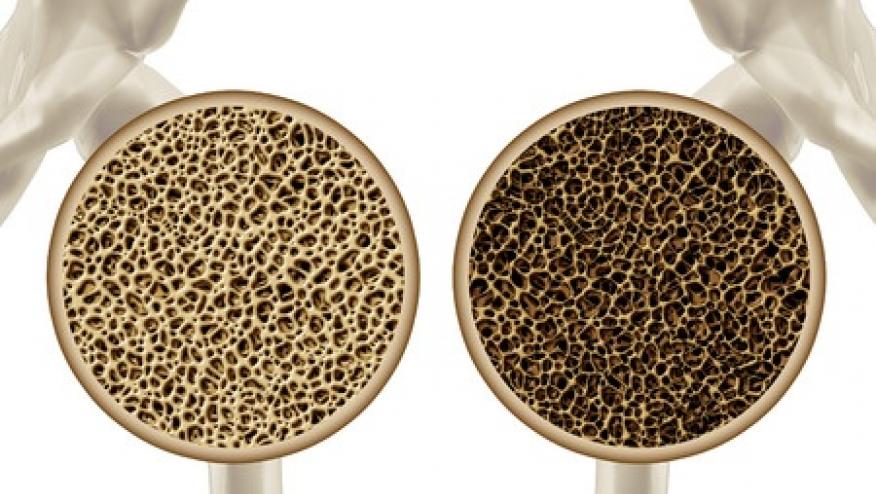DEXA Still Needed While on Bisphosphonates Save

Reuters reports that a study of 6629 Canadian women with osteoporosis taking bisphosphonates found that nearly one in five had a decrease in bone density while on medication. (Citation source: http://buff.ly/2afb7nj)
The value of repeated DEXA (dual-energy x-ray absorptiometry) has been questioned by some for not being accurate enough, nor cost effective. Researchers studied a large cohort of women taking bisphosphonate drugs to assess the value of repeated DEXA.
The mean duration of osteoporosis was 9.2 years, starting when they were typically around 64 years old.
There were 910 women (14%) with fractures during the study period, including 198 with hip fractures. Repeat DEXA of the hip showed that about 30 percent with an increase in density and another 19 percent had a decrease DEXA after they started taking drugs.
Compared to women with similar hip bone mineral density before and after starting osteoporosis drugs, the fracture risk for women with a decrease in total hip bone mineral density was 2.9 percent higher after five years and 5.5 percent higher after 10 years. In contrast, the risk of fractures was 1.3 percent lower at five years and 2.6 percent lower at 10 years for women whose bone mineral density increased during the study. Consistent results were seen for change in femoral neck and lumbar spine BMD and across a range of subgroup analyses.
Because of variable intervals between DEXA, investigators could not conclude what the best retesting regimen would be.
Treatment-related increases in total hip BMD are associated with reduced fracture risk compared with stable BMD, whereas decreases in BMD are associated with greater risk for fractures. Monitoring BMD in clinical practice may help to identify women with a suboptimal response to osteoporosis treatment.










If you are a health practitioner, you may Login/Register to comment.
Due to the nature of these comment forums, only health practitioners are allowed to comment at this time.